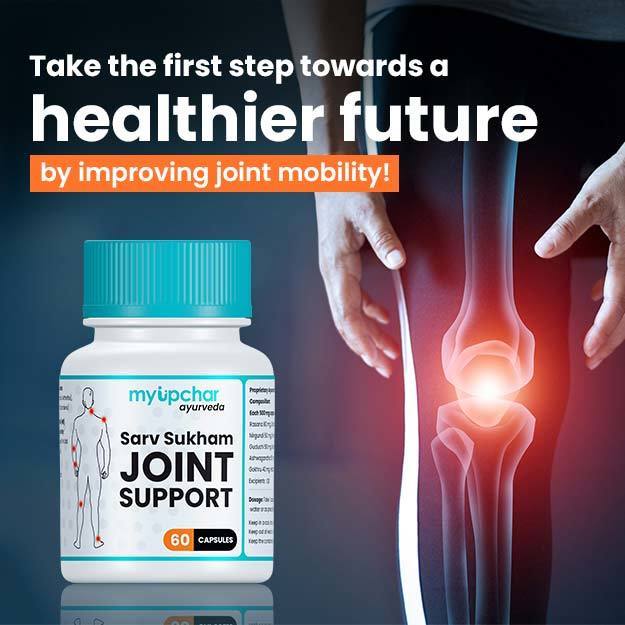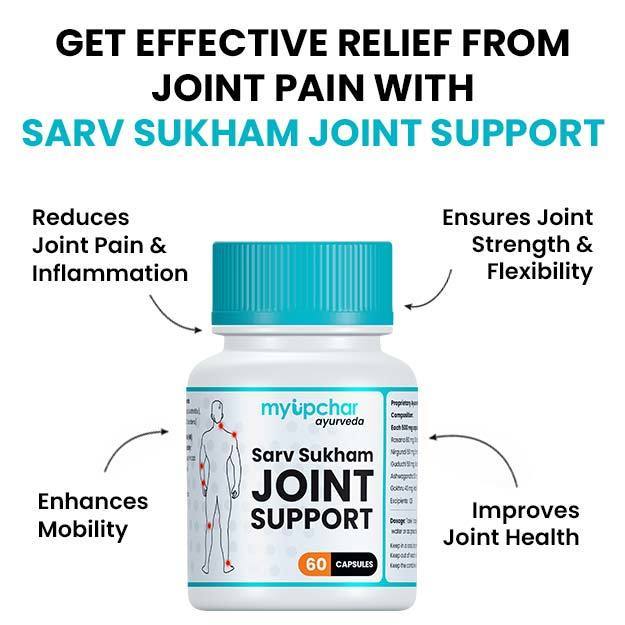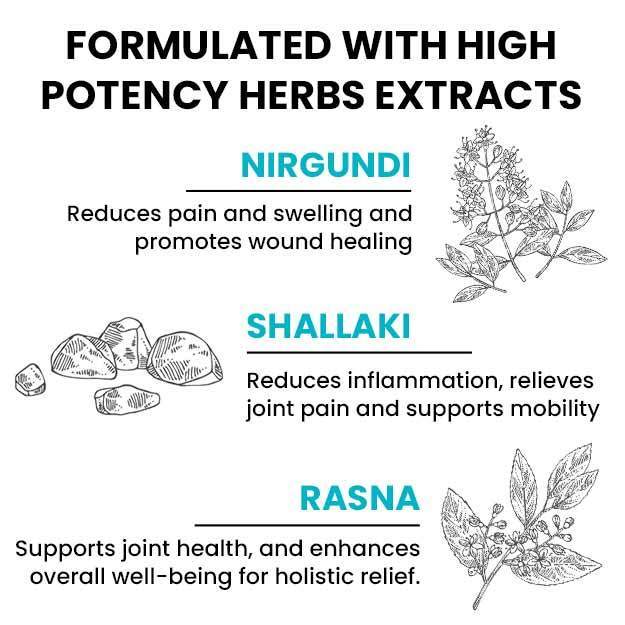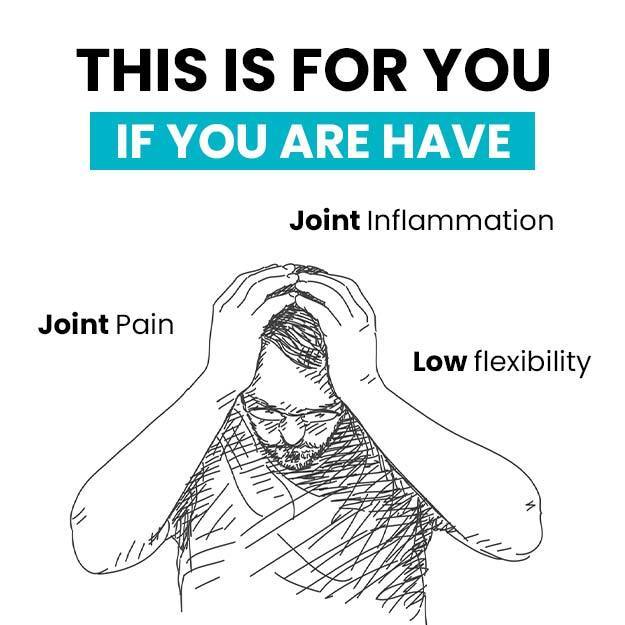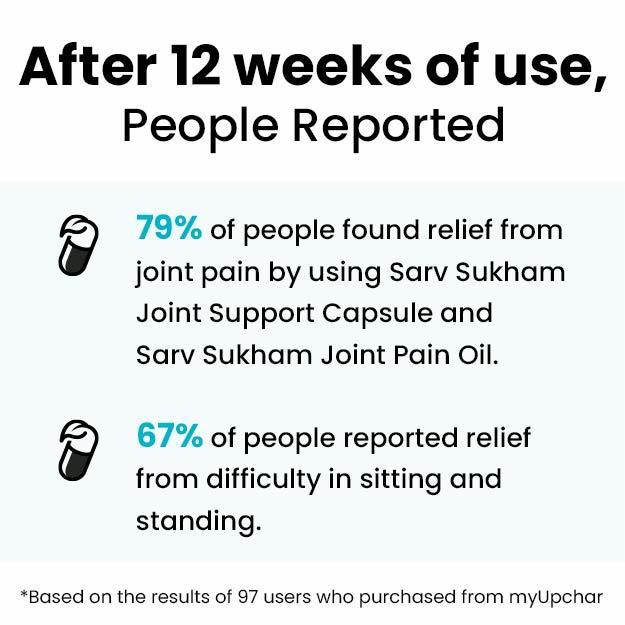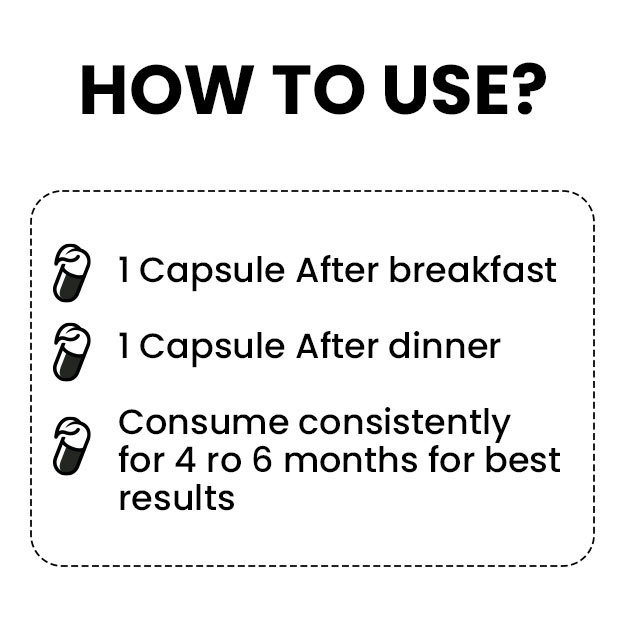A staggering 15% of the Indian population, or over 180 million people in the country, have arthritis. In fact, arthritis is far more prevalent in India than diseases like AIDS, cancer and even diabetes.
Arthritis is a collective term used to describe degenerative diseases of the joints. Rheumatoid arthritis, juvenile, osteoarthritis and gout are some of the most common forms of arthritis in India. Arthritis can produce either chronic or acute symptoms such as joint pain, joint stiffness, swelling and tenderness in the joints as well as discolouration or redness in the affected area of the body.
There is no cure for arthritis currently. That said, symptoms can be managed with medication, a healthy diet for arthritis and regular exercise.
Often, patients cite arthritis as the reason why they don't go out as much as before or for limiting their physical movements. However, staying active is actually one of the ways they can control their symptoms. Medical practitioners highly recommend regular exercise to maintain healthy body weight as well as joint health.
Additionally, giving up physical activities because of the fear of pain can also lead to further complications including heart disease, osteoporosis and even type 2 diabetes. Exercises can prevent the patient's health from worsening. However, it is important to know the right kinds of exercises to do in arthritis. It also helps greatly to work out with a physiotherapist who can guide you on the correct form and pressure, and push you just enough, for the best results.
Read more: Home remedies for gout pain






